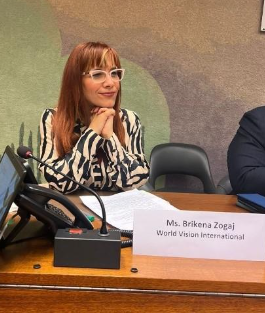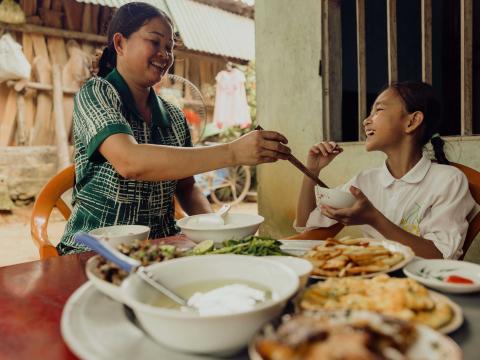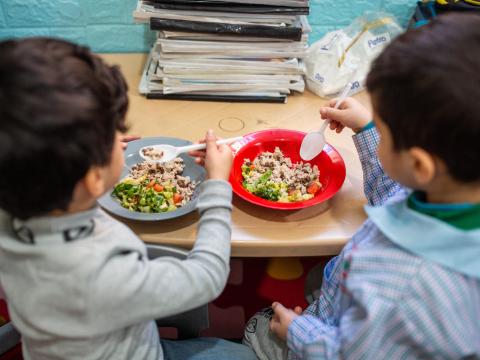
Hunger Is a Protection Crisis — Let’s Act Like It
Brikena Zogaj and Lilian Mumbi, World Vision Technical Experts, emphasise that hunger is not just a food issue but a protection crisis, especially for children who face exploitation, early marriage, and displacement due to food insecurity. They highlight how integrating child protection into food aid programmes—such as those by World Vision—can safeguard children and improve long-term outcomes. The authors call on global actors to fund and prioritise child-focused, integrated approaches to ensure children are not only fed but also protected and empowered.
“No child should go hungry — nor should they have to work, marry early, or flee their home to survive.”
Every year on World Food Day, the world discusses food —from filling plates to improving nutrition and ending hunger.
Rooted in our belief that people are God’s instruments in His plan for every child to have life in all its fullness, we honour, all people who champion hope, joy and justice for and with all children and their communities. People who stand in the gap when harvests fail. People who see beyond food distribution to a future where every child is nourished, protected, and loved.
But we must not forget the millions of people facing acute food insecurity, especially the children behind the statistics — the ones whose hunger costs them more than a meal. For them, hunger steals safety, choices, and often, childhood itself.
Hunger Erodes Protection
In our work across Food Security and Child Protection, we have seen that hunger does not just empty stomachs — it erodes protection. When food runs out, families face impossible choices:
- children leave school to work;
- girls are married off too young;
- families flee, risking separation and exploitation.
Hunger triggers a chain reaction of vulnerability — a protection crisis hidden behind empty bowls. Over 319 million people face acute hunger today, and millions of children live in areas where crisis-level hunger is the daily reality. Yet the most devastating effects often go unseen — in the lives of children forced into harm’s way when survival becomes the only goal. The Hidden Link: Hunger Fuels Exploitation.
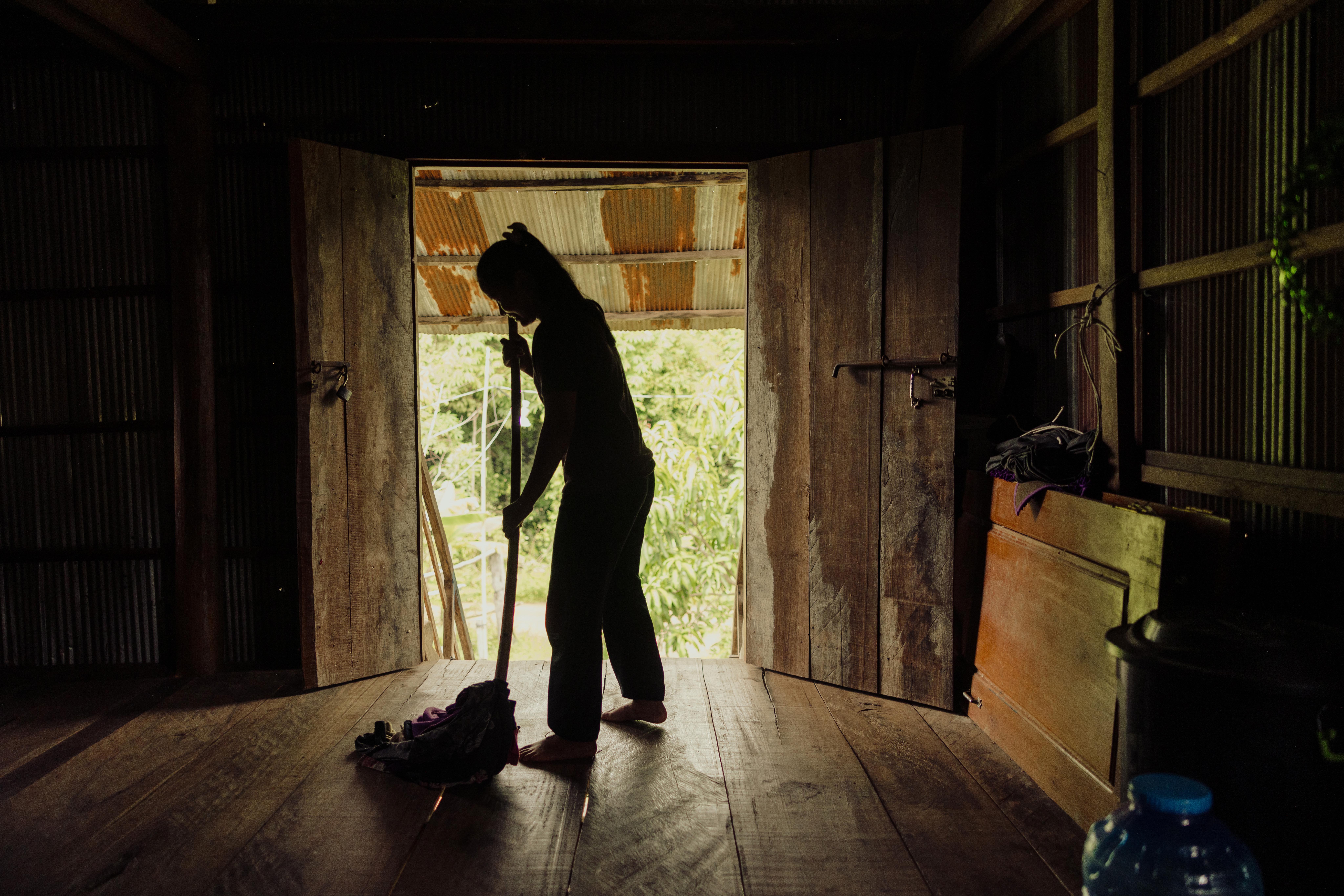
When families can’t meet basic needs, children are pushed into dangerous coping mechanisms:
- Child labour grows as children help families survive.
- Early and forced marriage rises as parents seek protection or relief.
- Displacement and separation expose children to abuse and trafficking.
- Neglect and violence increase as stress and despair deepen.
Hunger is not only a lack of food — it’s a loss of safety. Every empty bowl can mean a lost childhood. We must confront hunger as a protection crisis as well.
Breaking the Cycle: Where Protection and Provision Meet
Hope grows where food security and protection come together. Hope grows where protection and provision meet. Evidence from World Vision’s integrated work shows that linking Food Security and Child Protection transforms lives. Embedding child protection and safeguarding measures into in all that we do is not just a good thing to do but foundational. Without it, quality programming simply isn’t possible.
Integrating Child Protection into Food Security: A Humanitarian Imperative
Humanitarian efforts are evolving to protect children while addressing hunger.
World Vision’s pilot in Ethiopia integrates child protection into food and cash aid, ensuring children aren’t exposed to harm during distribution. Local child protection groups are now collaborating with food committees to create safer aid environments. Tools like Post-Distribution Monitoring (PDM) capture children’s experiences, guiding programme improvements. Vulnerable groups, especially unaccompanied children, are prioritised, and youth receive life skills training to prevent violence.
In Afghanistan, indirect measurement approaches show food aid being effective in tracking child protection outcomes. Post-distribution data revealed that 64–93% of caregivers were less likely to send children to work after receiving assistance—underscoring the protective ripple effects of food security interventions.
Across Somalia, South Sudan, and the DRC, child protection is embedded in food programmes to combat abuse and exploitation. Strategic partnerships, especially with WFP, enhance cross-sector collaboration.
Research confirms that combining food aid with parenting and protection support leads to better outcomes—families receiving both economic and psychosocial help are twice as likely to invest in children’s well-being. As crises grow more complex, integrating child protection into aid is essential, not optional.
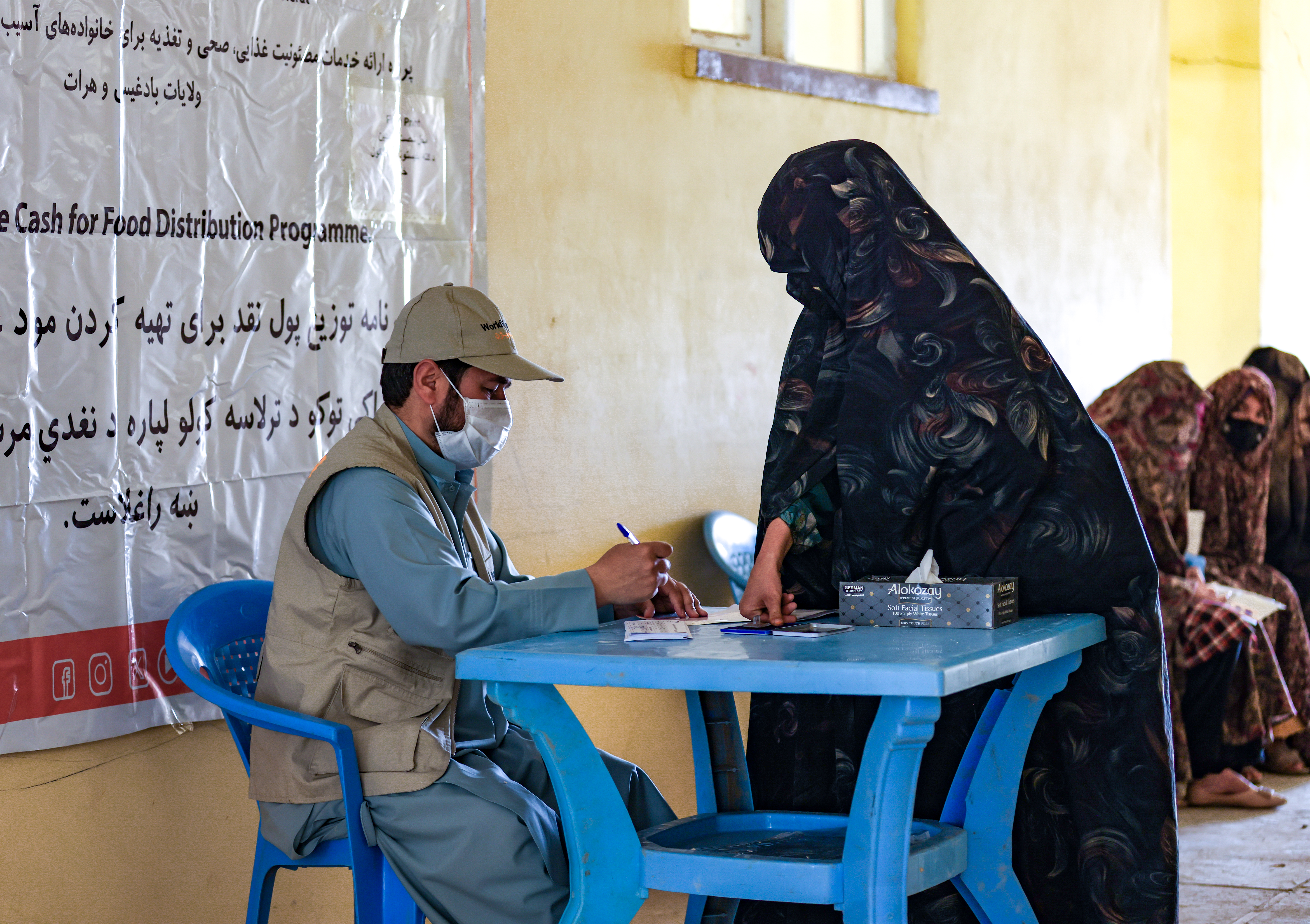
The Next Frontier in Food Security
The urgency to ensure that food security efforts do more than feed — they must protect is irrefutable. At World Vision, we believe that safeguarding children must be central to humanitarian response. That’s why we are embedding child protection into every food and cash assistance project we implement by:
- Conducting child protection risk assessments before distributions.
- Strengthening community child protection groups to work alongside food committees.
- Advocating for child-sensitive social protection systems and policies.
- Partnering with governments and donors to build resilience frameworks that keep children safe.
- Empowering boys and girls through life skills and resilience training to claim their rights and shape their futures.
Next week, at the Committee on World Food Security (CFS) in Rome, World Vision will join Plan International, WFP, FAO and the Global Child Protection Area of Responsibility (CPAoR) to showcase how integrating protection with food security doesn’t just save lives — it sustains them. Faith-led nutrition dialogues will further demonstrate how holistic approaches can create lasting change.
This is the next frontier of food security. And we’re not alone. We stand with a growing coalition of partners investing in this cause — because every child deserves not only to survive, but to thrive.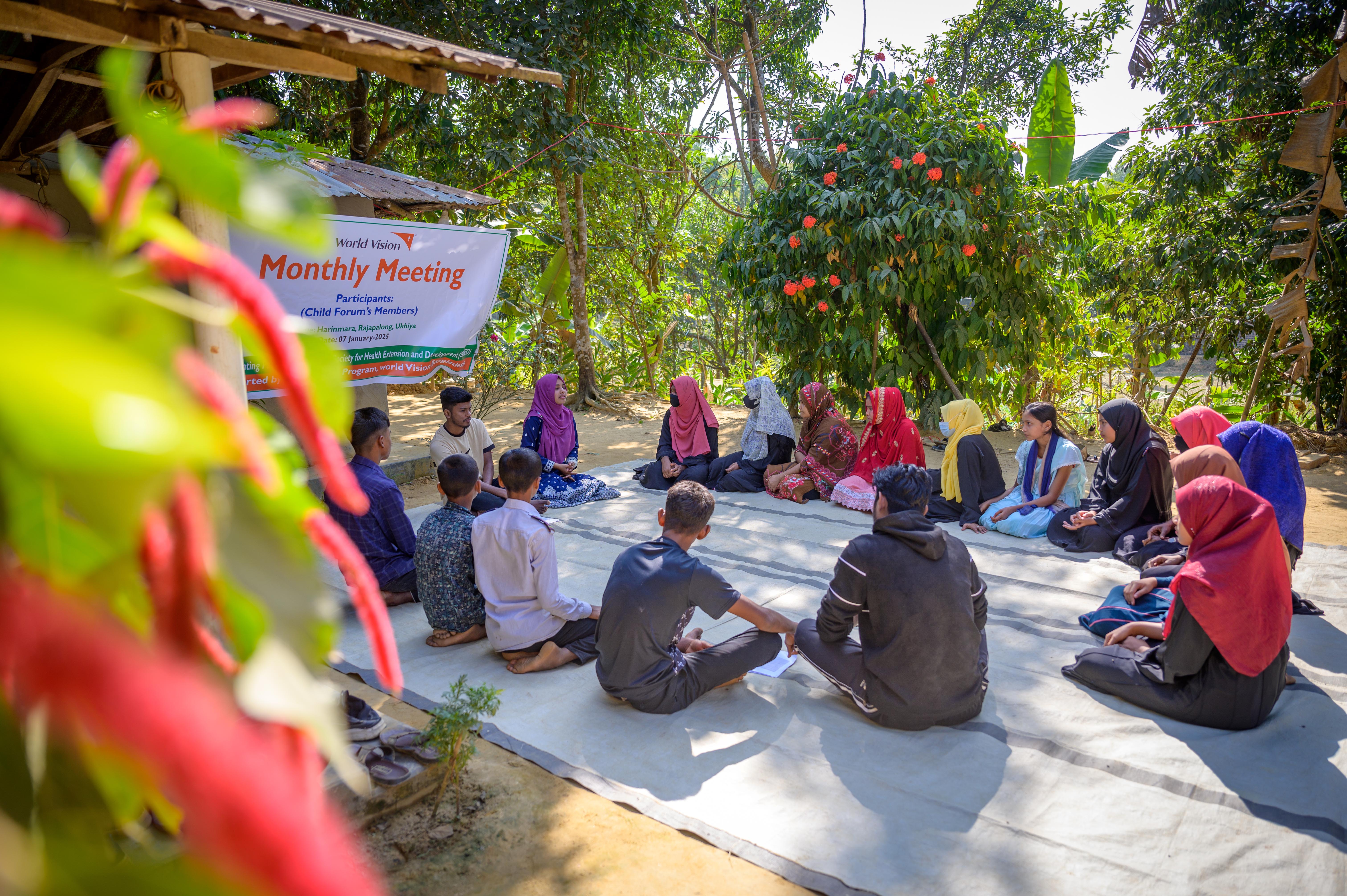
Guarding Childhood: Where Food Security Meets Protection
Investing in food security without protecting children means filling plates but leaving lives unguarded. But when we unite food and protection, children don’t just survive hunger — they thrive in safety and dignity.
This World Food Day, we call on governments, donors, and partners to:
- Fund integrated Food Security–Child Protection programmes.
- Place child protection at the heart of resilience and food initiatives.
- Champion policies that shield children from hunger, harm and climate shocks.
Because when we protect children from both hunger and harm, we build a world where every child can grow up whole — nourished, safe and free.
Brikena Zogaj serves as the Senior Advisor for External Engagement on the Global Child Protection and Participation Team at World Vision International (WVI). She holds a Master’s degree and has 25 years of experience in child rights. Her professional experience encompasses positions within national and international CSOs, philanthropic organizations, networks, alliances, and government structures.
Lilian Mumbi is the Food Security Director for World Vision Ethiopia. She has 24 years of experience in leading large-scale humanitarian and development programmes across Africa and Asia. She has served in multiple senior leadership roles, including Response Director for Northern Ethiopia and Operations Director in South Sudan.
Learn More about our integrated Child Protection and Food Security approach.
